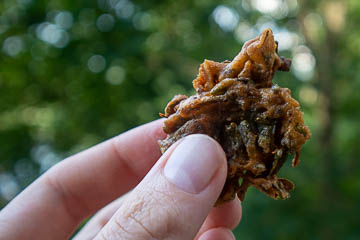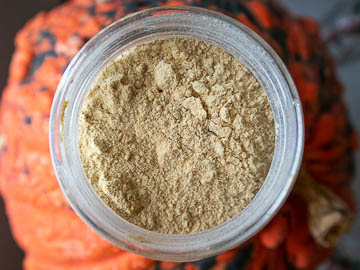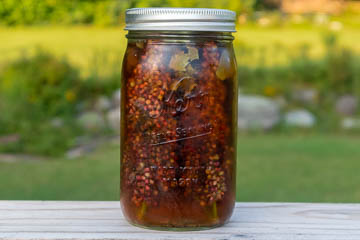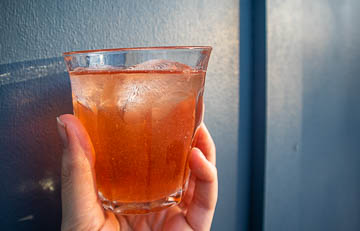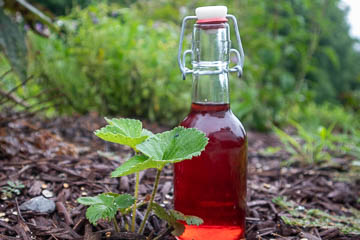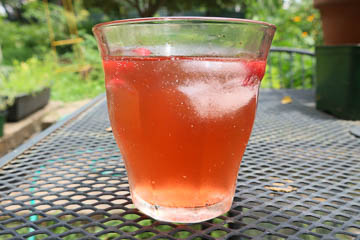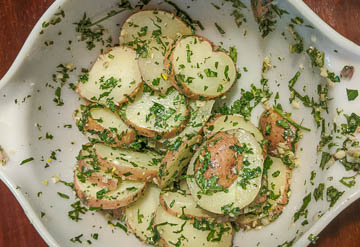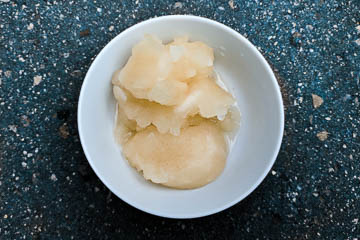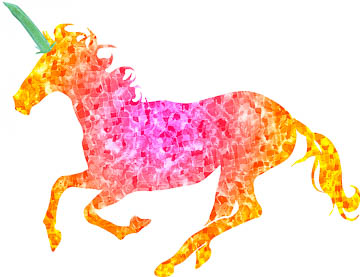Jump to Recipe ↓
How to Cook Milkweed Buds, (Asclepias syriaca)
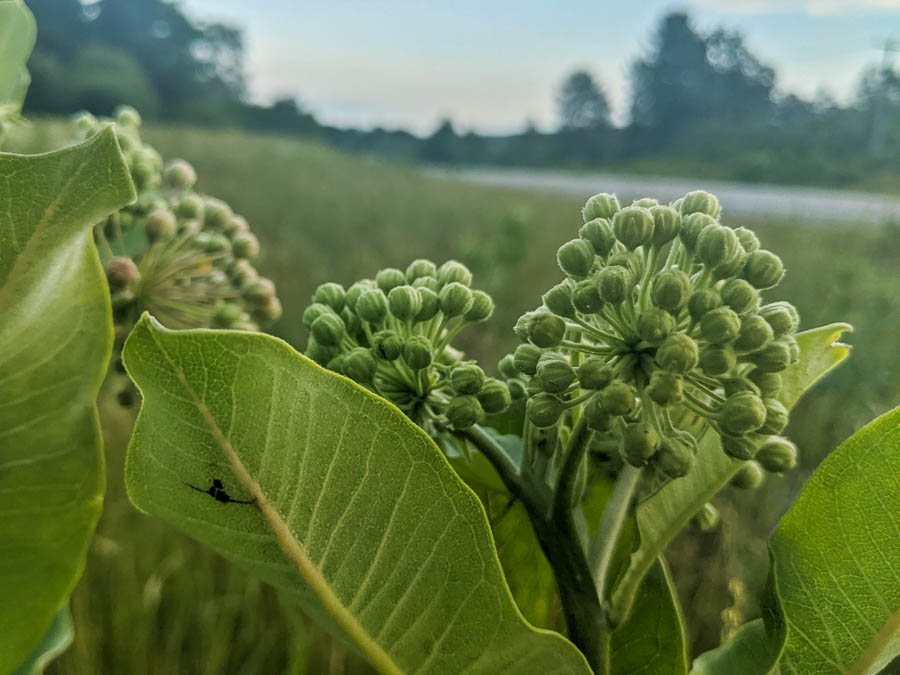 Milkweed buds at the perfect stage to harvest
Milkweed buds at the perfect stage to harvest
I've always thought that milkweed buds were some kind of intergalactic, space-traveling vegetable. Each bud is born on a perky stalk which gives the whole cluster the appearance of a multi-eyed alien just about to wake up. Despite its peculiar looks, it has one of the most down-to-earth, accessible flavors in the wild food world.
To say that its flavor is similar to broccoli would be a disservice, but it does have a comparably mild flavor with an extra hint of sweetness. It's easy to imagine the cooked buds at home on any plate.
When early summer rolls around, I make sure to keep my eyes out for these extraterrestrial organisms.
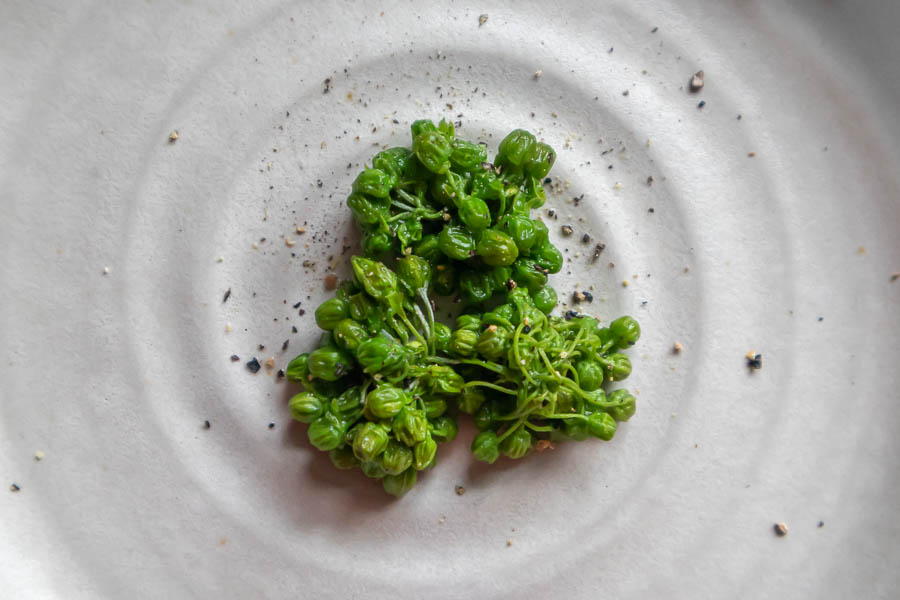 Milkweed buds, ready to eat
Milkweed buds, ready to eat
The Milkweed Controversy
It would be negligent for me not to address the historical controversy around milkweed. Sam Thayer does a thorough treatment of the Milkweed Controversy in his book, The Forager's Harvest, which I highly recommend reading. The simplest way to explain it is that there are two branches of milkweed-harvesting opponents: Euell Gibbons students and monarch-protectors.
The synopsis of the Euell Gibbons issue is that famed wild foods author, Euell Gibbons, accidentally collected poisonous dogbane stalks thinking they were milkweed stalks. Upon tasting the bitter "milkweed", he declared all milkweed inedible. It's fairly common to encounter fallout from this mistake on the internet, with many sites declaring milkweed inedible and even downright poisonous.
The reality is that milkweed is quite edible and remarkably mild in flavor. If you find bitter milkweed, it's not milkweed. Rest assured that the only stage in which dogbane and milkweed look identical is when the shoots pop up. Sam has an excellent chart in his book showing how to differentiate between the two plants. One of my favorite tips is that the milkweed milk/latex is sweet and copious, whereas the dogbone latex is sparse and bitter.
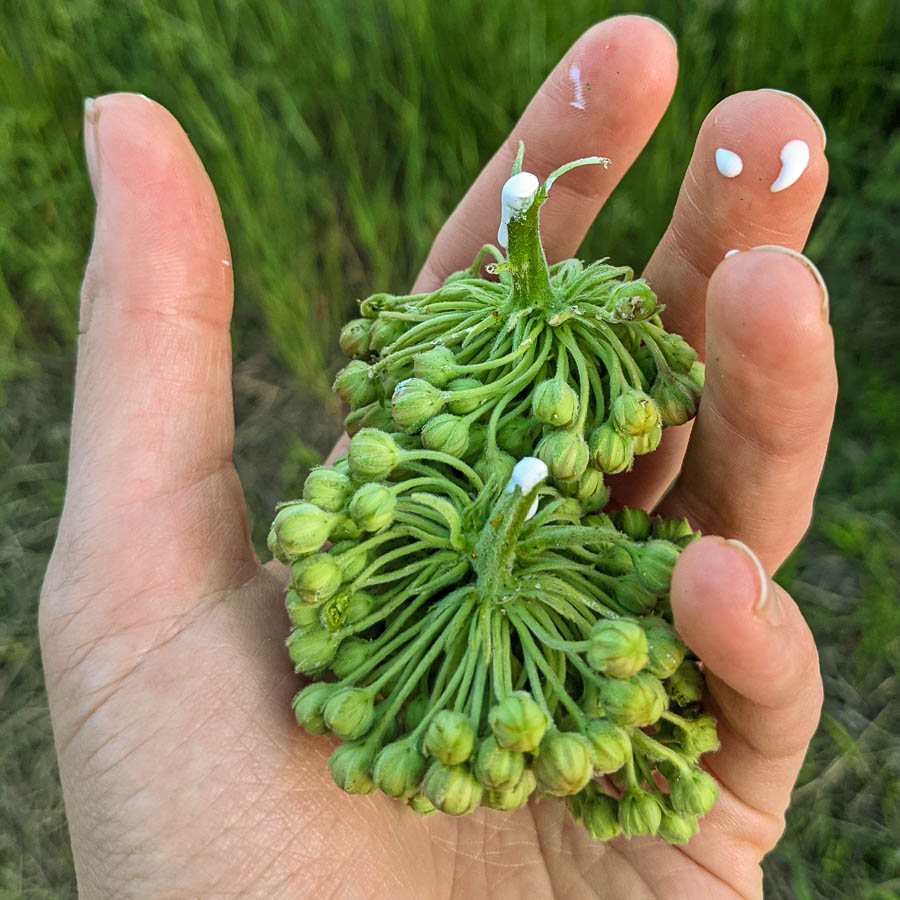
The other branch of the controversy stems from a desire to protect monarch butterflies. While it's important to note that milkweed is an important habitat for monarch butterflies, the butterflies and their young aren't particularly interested in the flowers. They tend to lay their eggs on the underside of the leaves, which the caterpillars then consume.
If you harvest only one flower bud cluster per plant, there should be plenty of seeds to help the colony reproduce, with little to no impact on the monarch butterfly population. You can also plant your own little milkweed patch to fill your stomach and help the butterflies!
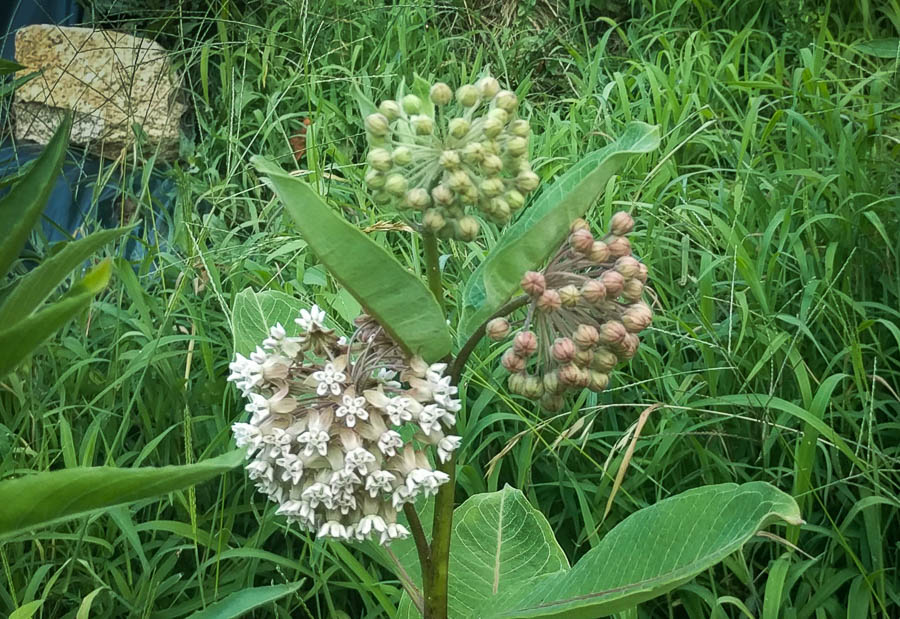 Milkweed buds at different stages of harvest. [top] The perfect stage for harvest, [right] too pink to harvest, [left] in full bloom, can harvest for fragrant syrups etc., but not as a vegetable.
Milkweed buds at different stages of harvest. [top] The perfect stage for harvest, [right] too pink to harvest, [left] in full bloom, can harvest for fragrant syrups etc., but not as a vegetable.
Milkweed Bud Harvesting Tips
The key to tasty milkweed buds is harvesting them at the right stage. Gather them too early and there's not enough mass to make a good meal. Gather them too late, as they start to flower, and they can be too tough or fragrant. Here are my top tips for harvesting milkweed buds:
- Only harvest one flower bud cluster per plant, unless you know the plants are in an area that is regularly mowed.
- Harvest clusters that are about the size of a golf ball: the buds should be formed enough that they are fully spherical, not small and pointy.
- There should be no hint of pink on the buds. If there is, just let them go to flower.
- Milkweed is not bitter. If you've found bitter milkweed, it's probably not milkweed. See 'The Milkweed Controversy' above.
- It's okay if to get milkweed milk on your skin and the buds. True to its name, milkweed will milk all over you, given the chance. This milk/latex is perfectly harmless.
- If you would like to avoid getting sticky milk on your hands, hold a paper bag under the cluster, then quickly clip right below the cluster with your thumbnail, letting the cluster fall into the bag.
With these tips under your belt, you should be on your way to a delicious dish of milkweed buds!
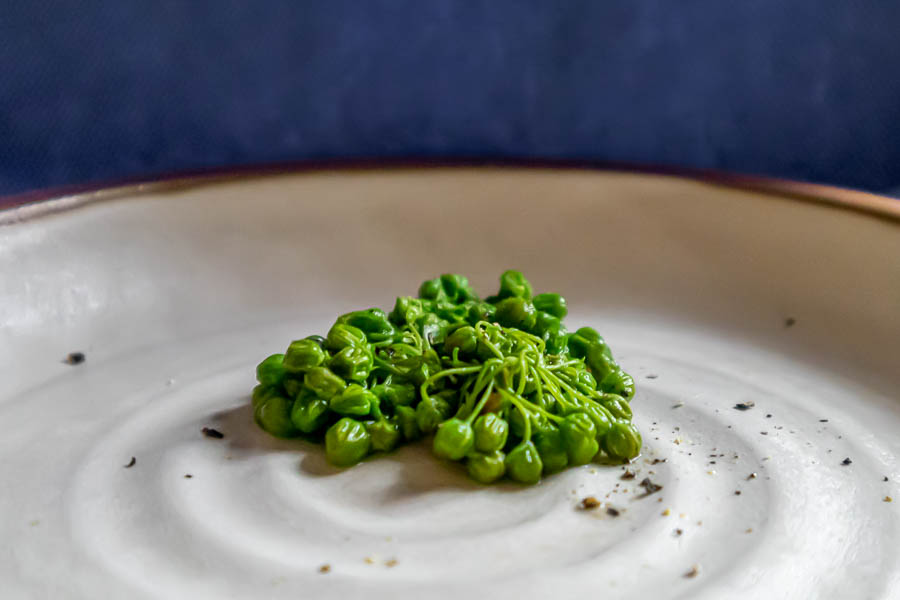 Bright green milkweed buds, fresh out of the pot.
Bright green milkweed buds, fresh out of the pot.
Simple Milkweed Buds Recipe
Milkweed buds have a pleasant, mild flavor that makes them one of the most accessible wild vegetables, flavorwise. Although their extraterrestrial look may deter some, most folks find them to be a great gateway food into foraging. Below is a simple way to prepare them. Always remember to harvest sustainably (see tips above).
Milkweed Bud Ingredients
- Salt, to taste
- A handful of green milkweed buds (Asclepias syriaca)
- Lemon juice, to taste
- Freshly ground black pepper, to taste
Milkweed Bud Directions
- Fill a medium saucepan with water, leaving about an inch of headspace, and dissolve enough salt to make the water taste like the sea. Bring the water to a boil over high heat.
- Once the water is boiling, add in your milkweed buds and stir well. Reduce the heat to medium and simmer for 2-3 minutes. Test for doneness by fishing out a cluster with a fork, pinching off one bud and tasting it. The buds should be bright green and just barely tender.
- Once the buds are barely tender, drain them into a colander over the sink. Remove the empty pot from the heat, add the cooked buds, and season with salt, pepper, and lemon to taste. The milkweed buds' flavor is mild, so be mindful not to overpower it with too much lemon, just a few drops should do. Enjoy!
References
The Forager's Harvest: a Guide to Identifying, Harvesting, and Preparing Edible Wild Plants, by Samuel Thayer, Forager's Harvest, 2006, pp. 292–299.
“Milkweed for Monarchs.” National Wildlife Federation, www.nwf.org/Garden-for-Wildlife/About/Native-Plants/Milkweed.
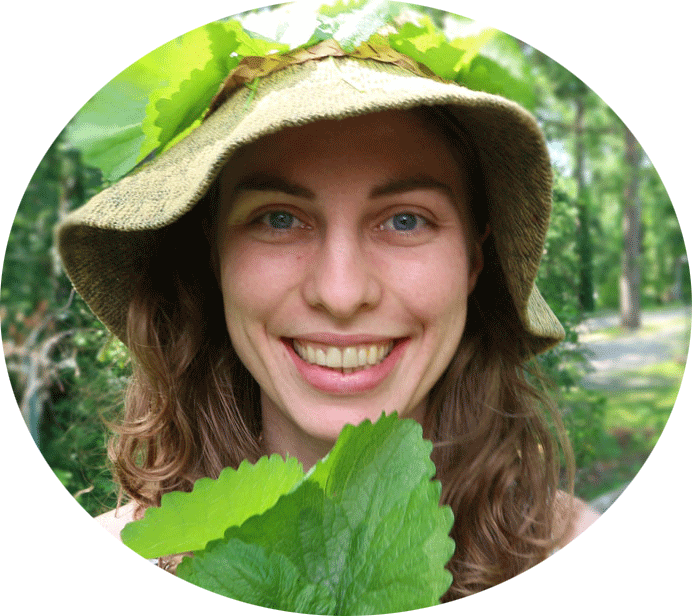
ABOUT THE AUTHOR
